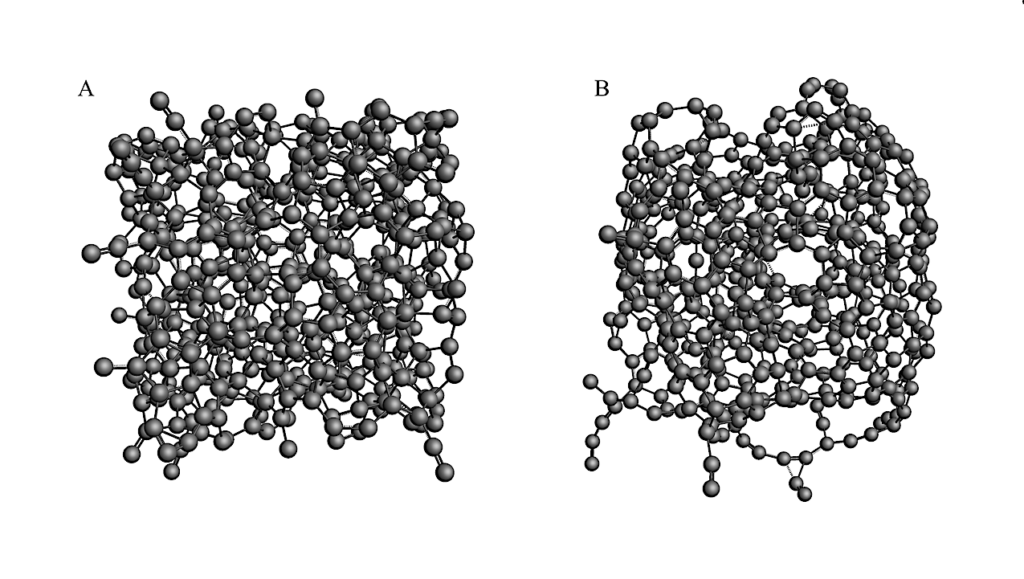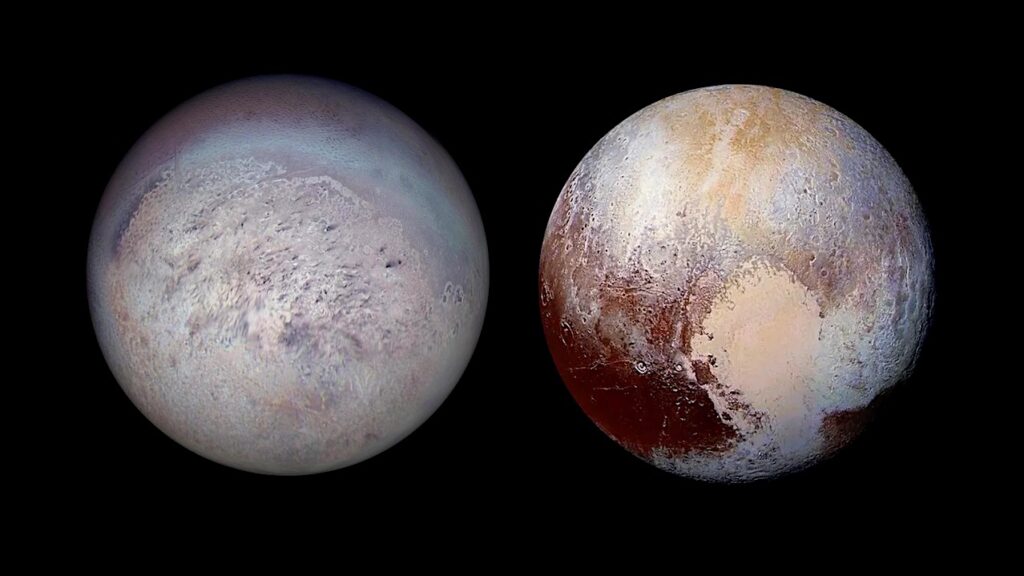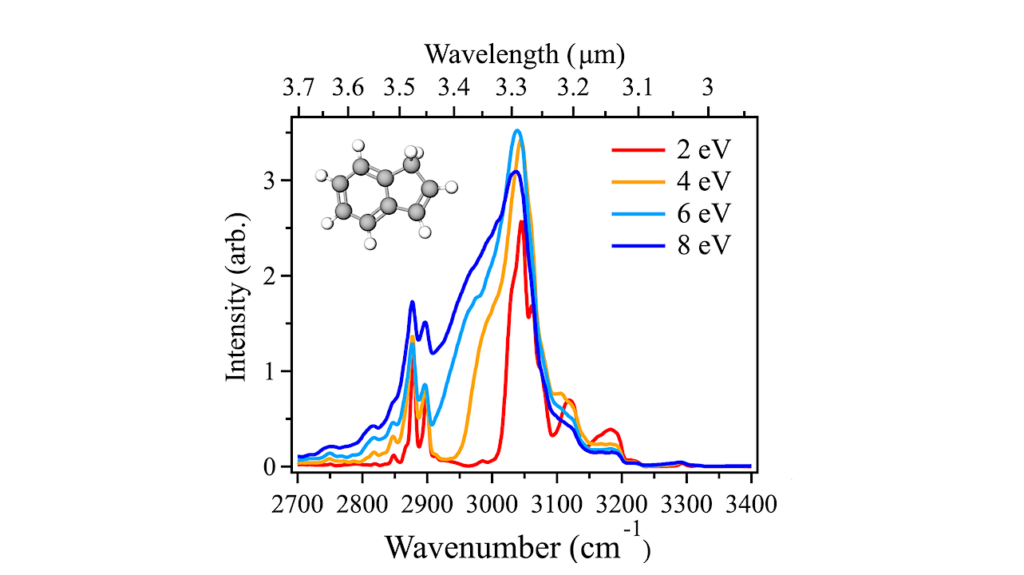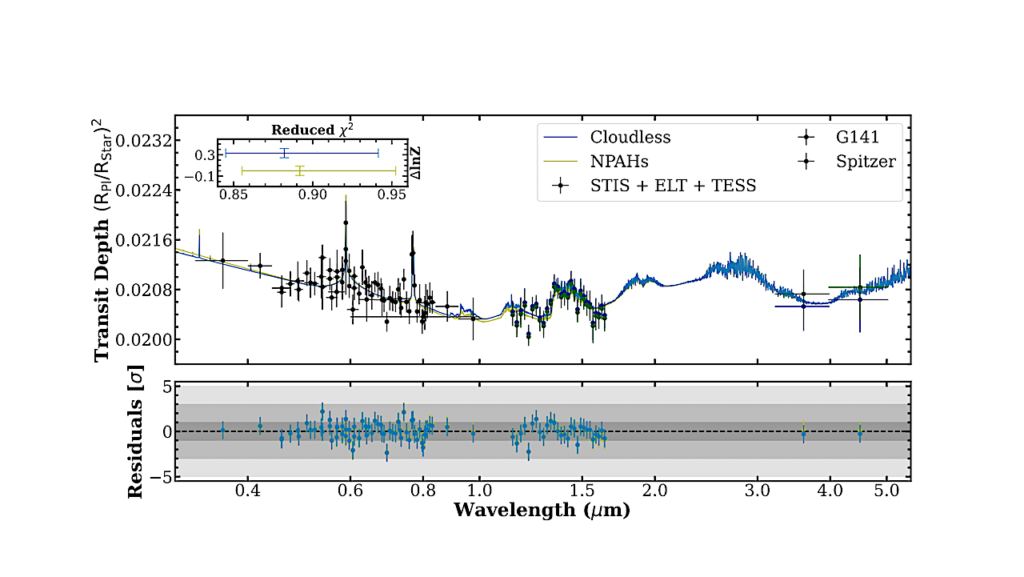Assessing Realistic Binding Energies of Some Essential Interstellar Radicals with Amorphous Solid Water: A Fully Quantum Chemical Approach

In the absence of laboratory data, state-of-the-art quantum chemical approaches can provide estimates on the binding energy (BE) of interstellar species with grains. Without BE values, contemporary astrochemical models are compelled to utilize wild guesses, often delivering misleading information.
Here, we employ a fully quantum chemical approach to estimate the BE of 7 diatomic radicals – CH, NH, OH, SH, CN, NS, and NO, playing a crucial role in shaping the interstellar chemical composition, using a suitable amorphous solid water model as a substrate since water is the principal constituent of interstellar ice in dense and shielded regions.
While the BEs are compatible with physisorption, the binding of CH in some sites shows chemisorption, in which a chemical bond to an oxygen atom of a water molecule is formed. While no structural change can be observed for the CN radical, it is believed that the formation of a hemibonded system between the outer layer of the water cluster and the radical is the reason for the unusually large BE in one of the binding sites considered in our study.
A significantly lower BE for NO, consistent with recent calculations, is obtained, which is useful in explaining the recently observed HONO/NH2OH and HONO/HNO ratio in the low-mass hot corino, IRAS 16293-2422B, with chemical models.
Milan Sil, Arghyadeb Roy, Prasanta Gorai, Naoki Nakatani, Takashi Shimonishi, Kenji Furuya, Natalia Inostroza-Pino, Paola Caselli, Ankan Das
Subjects: Astrophysics of Galaxies (astro-ph.GA); Solar and Stellar Astrophysics (astro-ph.SR)
Cite as: arXiv:2408.14660 [astro-ph.GA] (or arXiv:2408.14660v1 [astro-ph.GA] for this version)
https://doi.org/10.48550/arXiv.2408.14660
Focus to learn more
Submission history
From: Milan Sil
[v1] Mon, 26 Aug 2024 21:57:22 UTC (3,310 KB)
https://arxiv.org/abs/2408.14660
Astrobiology, Astrochemistry,








